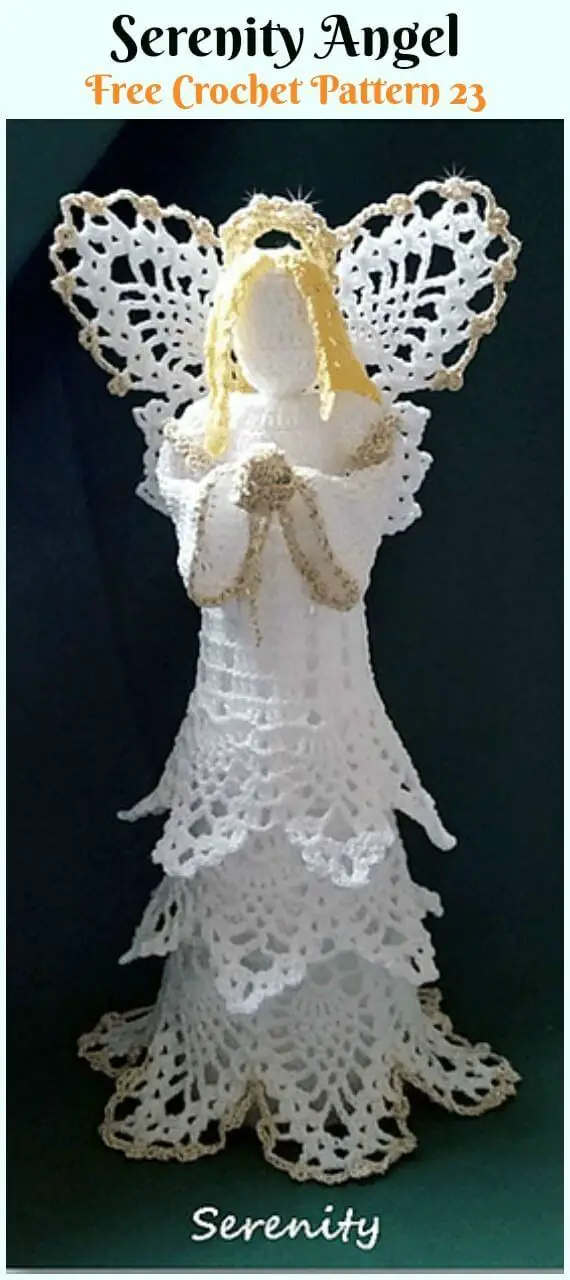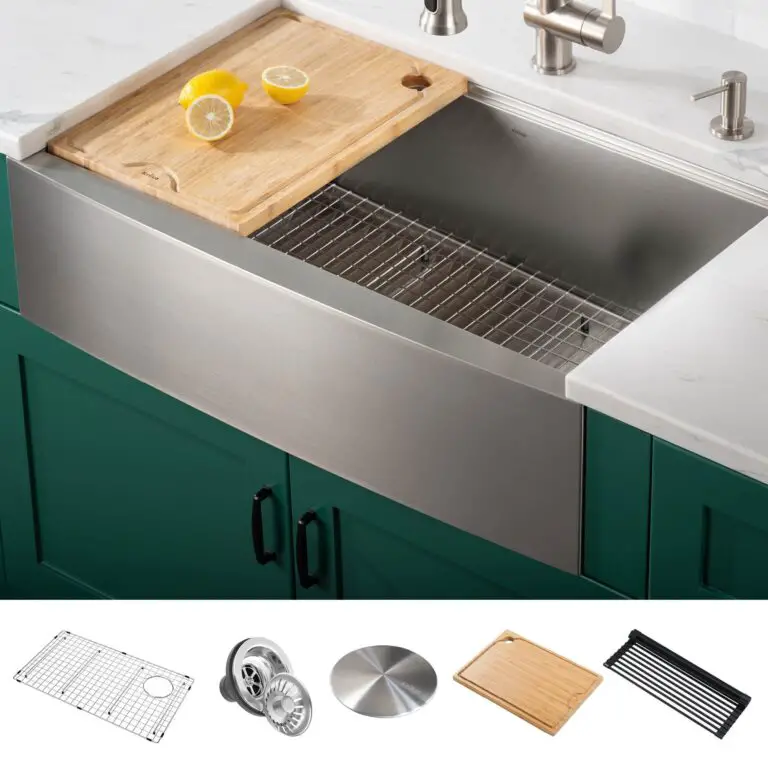40+ Types Of Haworthia Succulents: Plant Care And Growing Guide
Haworthia, a genus of succulent plants native to southern Africa, comprises approximately 60 species that vary significantly in shape and size. Dubbed ‘desert roses’ due to their striking blooms, these plants have garnered significant attention from plant enthusiasts. This blog post delves into the world of Haworthia, exploring various types of this succulent and discussing its care requirements.
Some notable species include Haworthia Albert, angustifolia, arachnoidea, attenuata, batesiana, bayeri, bolusii, chloracantha, chocolate, coarctata, cooperi var. obtusa, picturata, cuspidata, cymbiformis (Cathedral Window Haworthia), emelyae var.
major, fasciata ‘Zebra Haworthia’, herbacea, Jade Star, koelmaniorum, limifolia striata, margaritifera, marumiana, miami, nigra, obtusa, reinwardtii (African Pearls), resendeana, reticulata, retusa (Star Cactus), springbokvlakensis, transiens, tropical night, truncata, venosa subsp. tessellata, and viscosa. When it comes to planting Haworthia, it’s essential to consider factors such as timing, location, and technique.
Additionally, this succulent requires specific care requirements, including sunlight, watering, temperature, soil, fertilization, propagation, transplanting, repotting, and addressing potential pests and diseases.
Facts about Haworthia.
Haworthia is a small succulent genus originating from southern Africa, characterized by its green or gray-green foliage often adorned with white stripes or spots. The plants’ growth habit varies, ranging from stemless species to those forming rosettes of leaves at the base. Typically, Haworthia species reach heights between two and eight inches, although some can grow up to 12 inches tall.
The genus is named after Adrian Haworth, an English botanist, and shares a close affinity with Aloe and Gasteria, all belonging to the subfamily Asphodelaceae, tribe Aloeae, and subtribe Liliinae. With over 150 species described, although the exact count remains uncertain due to ongoing taxonomic efforts.
Haworthia are remarkably easy to cultivate and make excellent houseplants. They can be propagated through offsets or leaf cuttings and thrive in a wide range of growing conditions.
However, they require protection from intense heat and direct sunlight, as this can cause scorching on the leaves.
Hawrothia identification.
Both Hawrothia and Gasteria are native to southern Africa and belong to the same succulent family. The main difference between the two is their leaf structure, size, and coloration. Haworthia comprises approximately 60 species, characterized by thick, fleshy leaves that are typically green or brown in hue, often featuring white spots for camouflage purposes.
On the other hand, Gasteria encompasses around 200 species, with leaves that are thinner, more pointed, and often variegated, displaying stripes or spots of different colors. To identify Hawrothia, consider the shape and color of the leaves, as well as the size of the plant, which tends to be smaller than its Gasteria counterpart. If needed, consult a field guide or seek guidance from a local expert. With some practice, you’ll become proficient in distinguishing between these two genera.
Types of Haworthia
Haworthia Albert.
Haworthia Albert, a diminutive succulent native to South Africa, belongs to the Asparagaceae family and shares a close affinity with its aloe counterpart. Its clumping growth habit is characterized by thin, fleshy leaves exhibiting a striking green hue adorned with white spots. The plant’s flowering season typically unfolds in the spring, as it produces dainty, white blooms.
This low-fuss succulent thrives on minimal watering and can withstand occasional neglect, making it an ideal choice for novices embarking on their succulent gardening journey. Withstanding droughts is a hallmark of this hardy species, which can tolerate both bright, indirect sunlight and subdued light conditions.
Haworthia angustifolia.
In the succulent family, Haworthia angustifolia stands out as a striking species native to South Africa. One of its most distinctive features is its leaf morphology – long and slender, measuring up to 15 centimeters in length. The leaves themselves boast a beautiful contrast between dark green and white stripes or spots. When the time is right, usually during summer, Haworthia angustifolia rewards with delicate white or cream-colored blooms.
Beyond its visual appeal, this succulent has earned popularity among gardeners for its low-maintenance requirements and ease of care.
Haworthia arachnoidea.
One succulent that never fails to fascinate me is the Kalanchoe thyrsifolia, also known as the Spider Web Succulent. Its leaves feature a unique, intricate pattern that resembles a spider’s web, earning it its common name. Native to South Africa, this plant can reach impressive heights of up to 12 inches tall. To thrive, it requires full sun or partial shade, as well as soil with excellent drainage properties.
Haworthia attenuata.
In the vast succulent family, Haworthia attenuata stands out as a charming and low-maintenance species. Its most distinctive feature is the striking white stripe pattern on its green leaves, adding a touch of elegance to any space. When it blooms, the plant produces clusters of delicate white flowers that are sure to delight.
This South African native has gained popularity among houseplant enthusiasts due to its simplicity in care and water conservation.
With its ability to thrive under minimal watering conditions, Haworthia attenuata is an excellent choice for busy individuals or those new to the world of succulents. Furthermore, the plant can be effortlessly propagated through division or offsets, making it a great option for those looking to expand their plant family.
Haworthia batesiana.
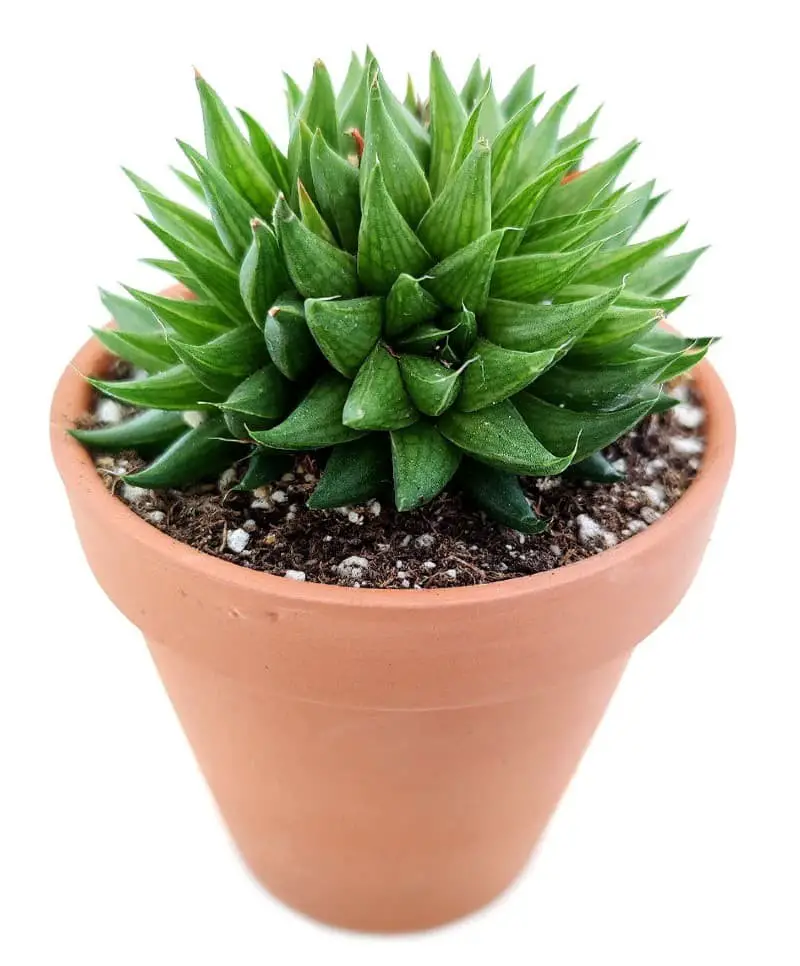
In the realm of succulents, there exists a small but striking plant native to South Africa. Its dark green leaves boast distinctive white stripes running along their length, while the white flowers bloom during the summertime. This captivating species owes its name to Colonel Robert Bates, a renowned botanist and collector from the 1800s. Bates was instrumental in collecting numerous specimens of this plant, which he subsequently sent back to England for further study.
Characterized by its low-maintenance nature, this succulent is an ideal choice for those seeking a hassle-free addition to their indoor or outdoor spaces. It requires minimal watering and can thrive under a wide range of light conditions, making it an excellent option for busy individuals or those new to the world of plant care.
Haworthia bayeri.
Haworthia bayeri, a species of succulent within the Asphodelaceae family, is native to South Africa. Interestingly, this plant was named after German botanist Karl Friedrich Philipp von Bayer. Characterized by its small stature, reaching up to 15 cm in height, and dark green leaves that often exhibit a reddish hue, Haworthia bayeri is a striking addition to any succulent collection.
During the summer months, white flowers emerge, adding an extra layer of visual appeal to this already impressive plant.
Haworthia bolusii.
In the succulent family, Haworthia bolusii stands out as a low-maintenance gem. Originating from South Africa, this diminutive yet endearing species boasts dark green leaves adorned with white spots, reaching a modest height of around six inches. What’s more, H. bolusii is an ideal choice for novice plant enthusiasts due to its remarkable ease of care.
The plant is surprisingly forgiving when it comes to watering, thriving in conditions where other succulents might struggle or even perish from excessive moisture. A little forgetfulness won’t harm this resilient species either, as it can handle some neglect. However, it’s essential to remember that H. bolusii requires a spot with filtered light or shade to truly flourish, as direct sunlight would be too intense for its sensitive nature.
Haworthia chloracantha.
Haworthia chloracantha, a succulent native to South Africa, belongs to the Asphodelaceae family. This small, slow-growing species forms rosettes of dark green leaves that are triangular in shape and feature white spots on their surface. The plant’s flowers are white and appear on slender stalks. Despite its compact size, Haworthia chloracantha has gained popularity as a houseplant or garden addition due to its low maintenance requirements.
To thrive, the plant needs sufficient sunlight and water. Fortunately, it can be easily propagated through seed or offsets, making it an attractive option for succulent enthusiasts.
Haworthia chocolate.
Haworthia ‘Chocolate’ stands out as a stunning and one-of-a-kind plant that originates from South Africa. Its slender leaves are an intriguing blend of rich chocolate brown hues and creamy white stripes that run the length of each leaf. The small, delicate flowers it produces are equally striking, blooming in the warmth of summer. Despite its exotic nature, this plant is surprisingly low-maintenance and makes a fantastic addition to any indoor space.
To keep it thriving, simply place it in a sunny location and ensure consistent watering.
Haworthia coarctata.
Haworthia coarctata is a fascinating succulent species that belongs to the Asphodelaceae family and is native to South Africa. Its unique compact growth habit earned it its name. This charming plant is endemic to the Eastern Cape and KwaZulu-Natal provinces, where it thrives in its natural habitat. Characterized by its slow pace of growth, H. coarctata is a small but striking succulent with dark green leaves adorned with white spots.
When in bloom, the flowers are a beautiful shade of white, adding an extra touch of elegance to this already captivating plant.
Haworthia cooperi var. obtusa.
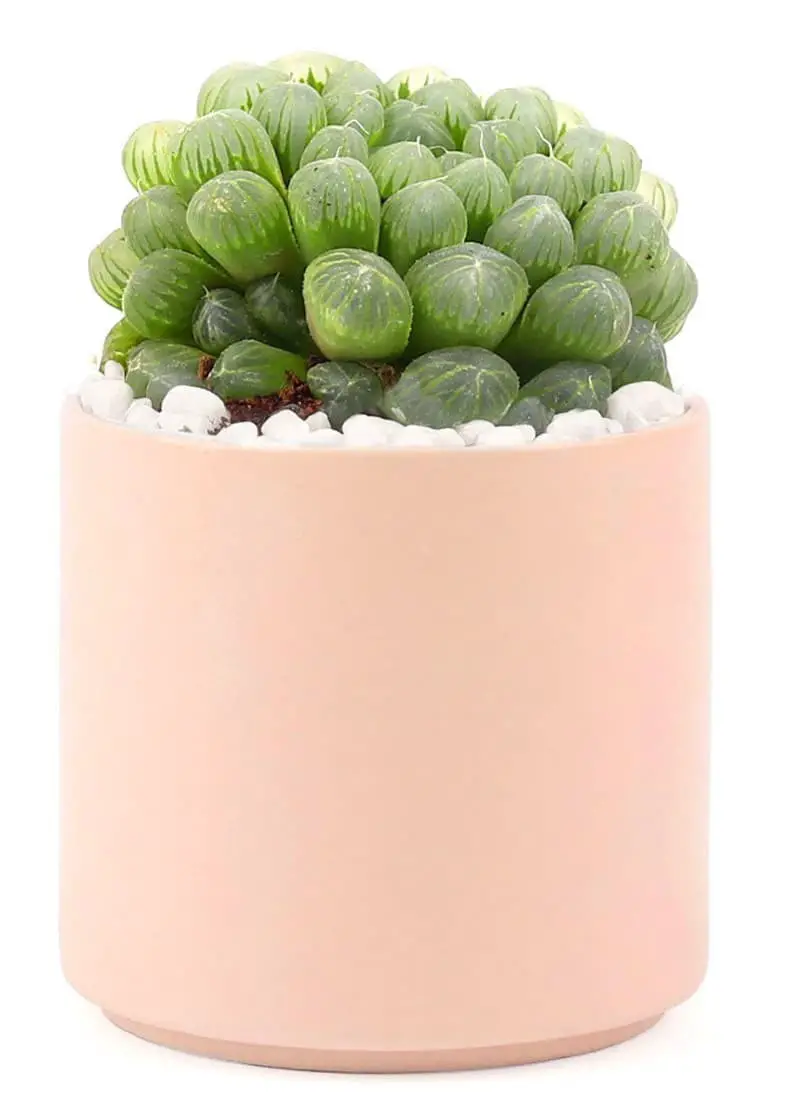
Haworthia cooperi var obtusa, a diminutive succulent endemic to South Africa, presents an intriguing combination of characteristics. Its rosette-shaped foliage features elongated leaves speckled with white markings, while the blooms that emerge during summer months are equally striking, with their pure white hue. This adaptable species has earned a reputation for being remarkably low-maintenance and resilient to drought conditions.
Moreover, it thrives in both full sun and partial shade environments, making it an excellent choice for novice plant enthusiasts.
Haworthia Cooperi var. Picturata.
Haworthia Cooperi var Picturata is a stunning succulent species native to South Africa, characterized by its striking green and white striped leaves that form rosettes up to eight inches in diameter. The plant’s relationship to the Aloe family makes it a familiar cousin to many succulent enthusiasts. As for flowers, this variety produces elegant white blooms on stalks reaching two feet high, adding visual interest to its overall beauty.
When it comes to care, Haworthia Cooperi var Picturata is surprisingly low-maintenance, making it an excellent choice for new succulent growers or those seeking a stress-free addition to their plant collection. While it thrives in partial shade, it can adapt to full sun as long as its watering needs are met – infrequent but thorough hydration is key. This drought-tolerant plant will happily survive with minimal watering, but does best when allowed to dry out completely between waterings.
For propagation, Haworthia Cooperi var Picturata offers two reliable methods: offset separation and leaf cuttings. Offsets can be removed once they’ve reached a decent size and transplanted into new pots, while leaf cuttings can be taken at any time and will quickly root in moist sand or vermiculite. As an added bonus, this slow-growing plant is relatively patient, allowing for offsets to develop and mature before requiring attention.
Haworthia cuspidata.
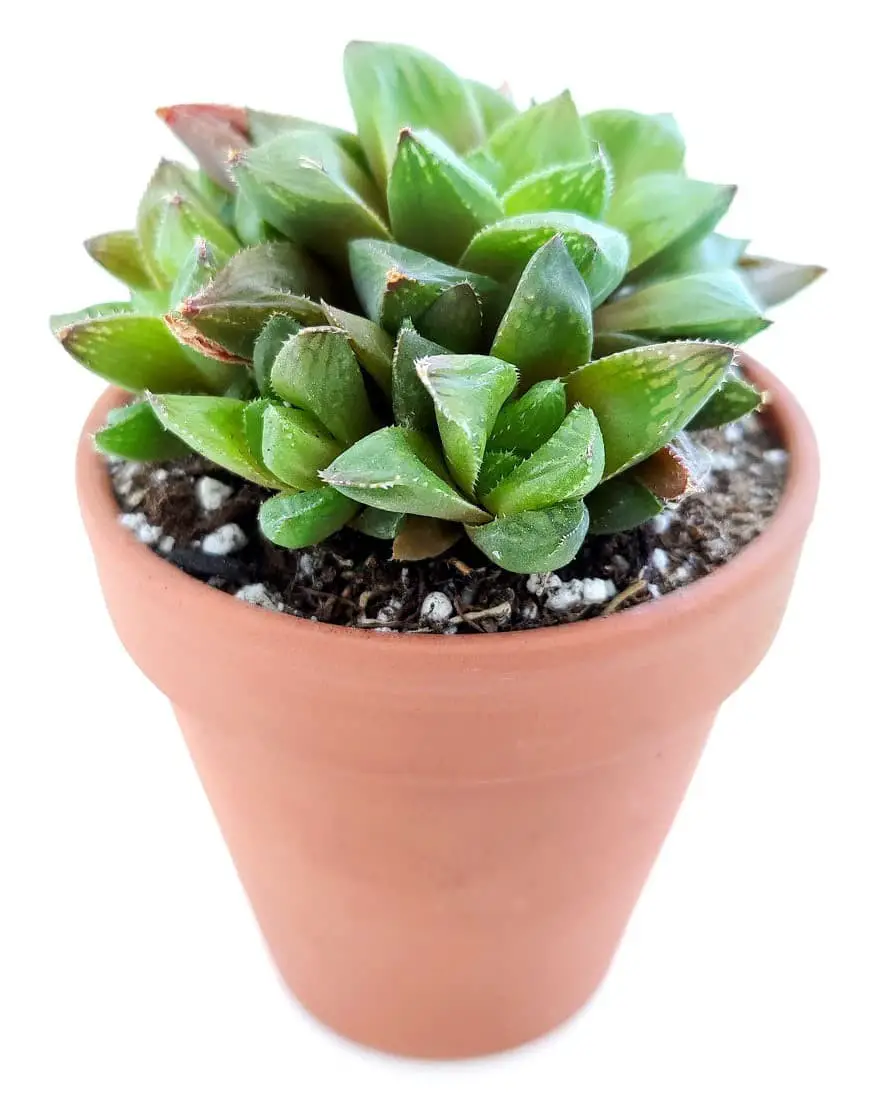
Haworthia cuspidata, a diminutive succulent native to South Africa, boasts an understated charm with its slow-growing habit. The plant’s most striking feature is its rosette-like arrangement of thick, fleshy leaves that don a striking green and white striped pattern, punctuated by sharp tips. As the plant produces white blooms on slender stems, it’s easy to see why this succulent has become a popular choice among indoor enthusiasts.
Despite its demanding reputation, Haworthia cuspidata is surprisingly forgiving of neglect, thriving in well-drained soil and full sun. Its drought-tolerant nature means infrequent watering, making it an ideal addition to busy households or offices. When it’s time to expand the family, this succulent can be effortlessly propagated via offsets or leaf cuttings.
With its rich history as Haworthia turgida, this Asphodelaceae member has also earned recognition for its medicinal properties, with sap extracted from its leaves capable of treating burns and wounds. Traditionally used to alleviate various ailments, this versatile plant is a true marvel of nature.
Haworthia cymbiformis (Cathedral Window Haworthia).
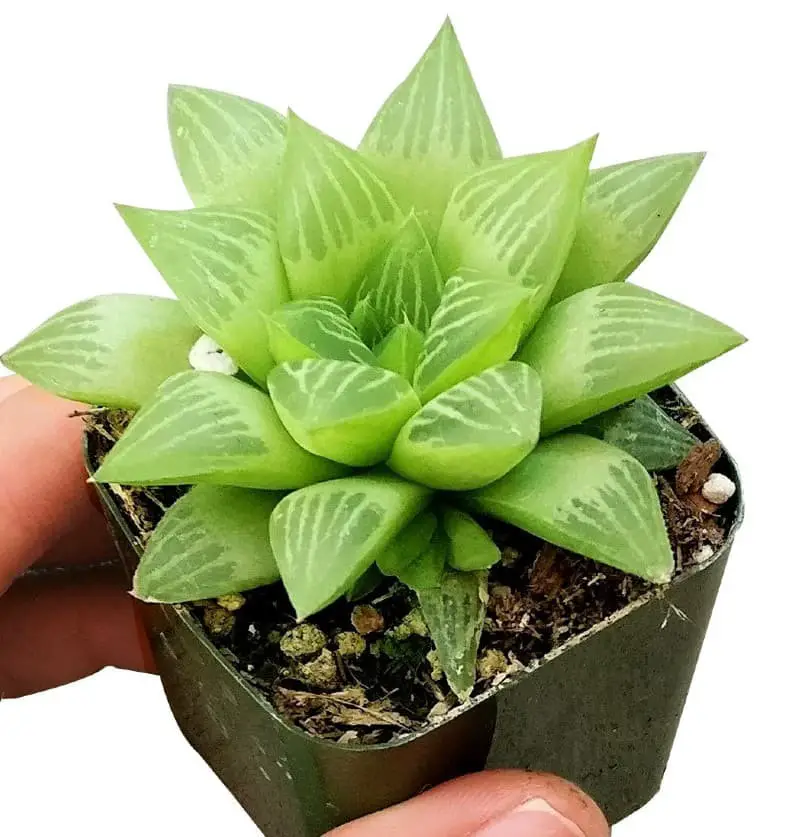
In the succulent family, Haworthia cymbiformis stands out as a low-maintenance gem from South Africa. Its dark green leaves, dotted with white spots, form a striking rosette pattern. When summer rolls around, this plant rewards with delicate white blooms. What’s more, it makes an excellent choice for beginners, as it thrives in neglect – literally!
With minimal watering and the option to grow either in a pot or directly in soil, Haworthia cymbiformis is the perfect solution for those looking to dip their toes into succulent cultivation without breaking a sweat.
Haworthia Cymbiformis var. Obtusa.
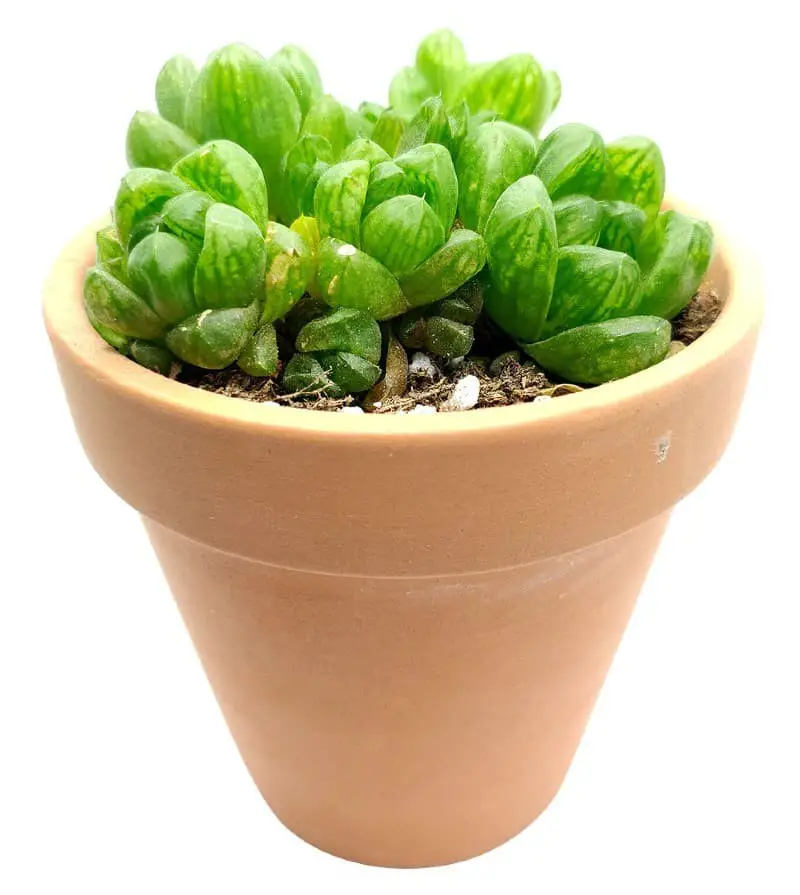
Discover the unique charm of Haworthia Cymbiformis var Obtusa, a small and slow-growing succulent that thrives on neglect. Characterized by its rosettes of thick, fleshy leaves with dark green hues and white spots, this variety’s most striking feature is its bulbous base and tapering tip. Native to South Africa, it adapts perfectly to the region’s rocky, sandy soils, showcasing remarkable resilience in arid conditions.
As a drought-tolerant plant, Haworthia Cymbiformis var Obtusa requires minimal watering once established, making it an ideal choice for busy gardeners or those new to succulent care.
Haworthia emelyae var. Major.
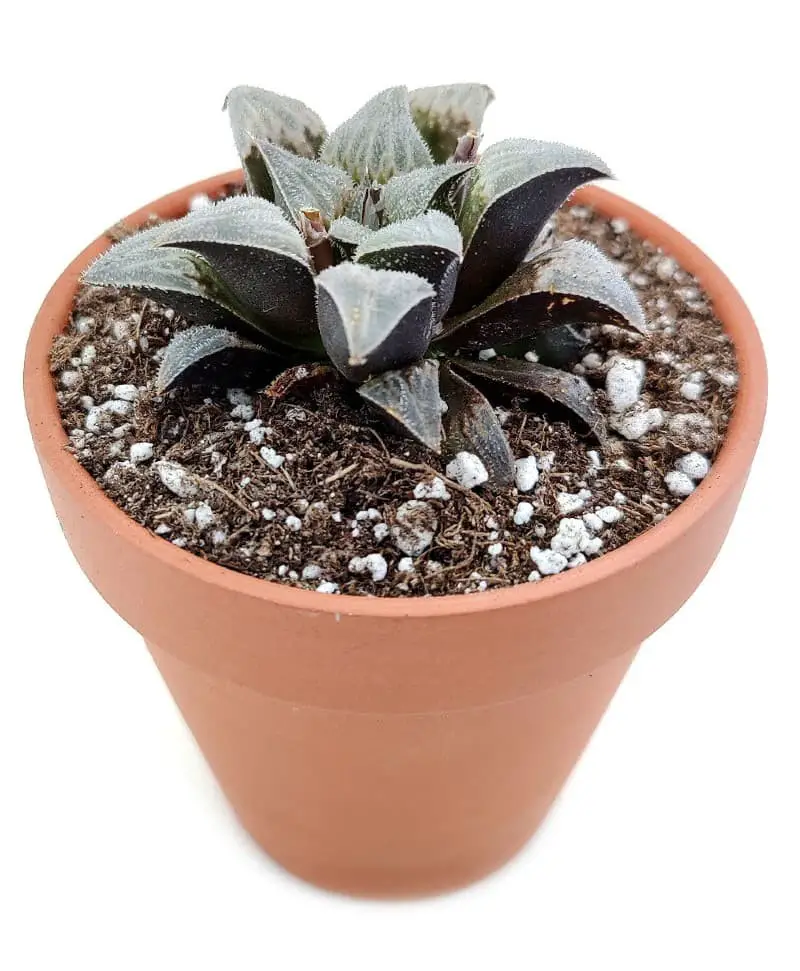
Haworthia emelyae var Major, a small yet striking succulent, boasts a cluster of dark green, spade-shaped leaves with white speckles and translucent windows near the leaf tips. While similar to its minor counterpart, this variety stands out for its larger leaves and more abundant spotting. Native to South Africa, Haworthia emelyae var Major thrives in full sun to partial shade, showing remarkable adaptability to a broad range of soils – although it has a penchant for well-drained, sandy terrain.
As an added bonus, this succulent is naturally drought-resistant and doesn’t require excessive watering. To propagate Haworthia emelyae var Major, simply detach offsets from the parent plant and replant them in well-drained soil; alternatively, propagation through seeds is also possible, albeit a slower process.
Haworthia Fasciata ‘Zebra Haworthia’.
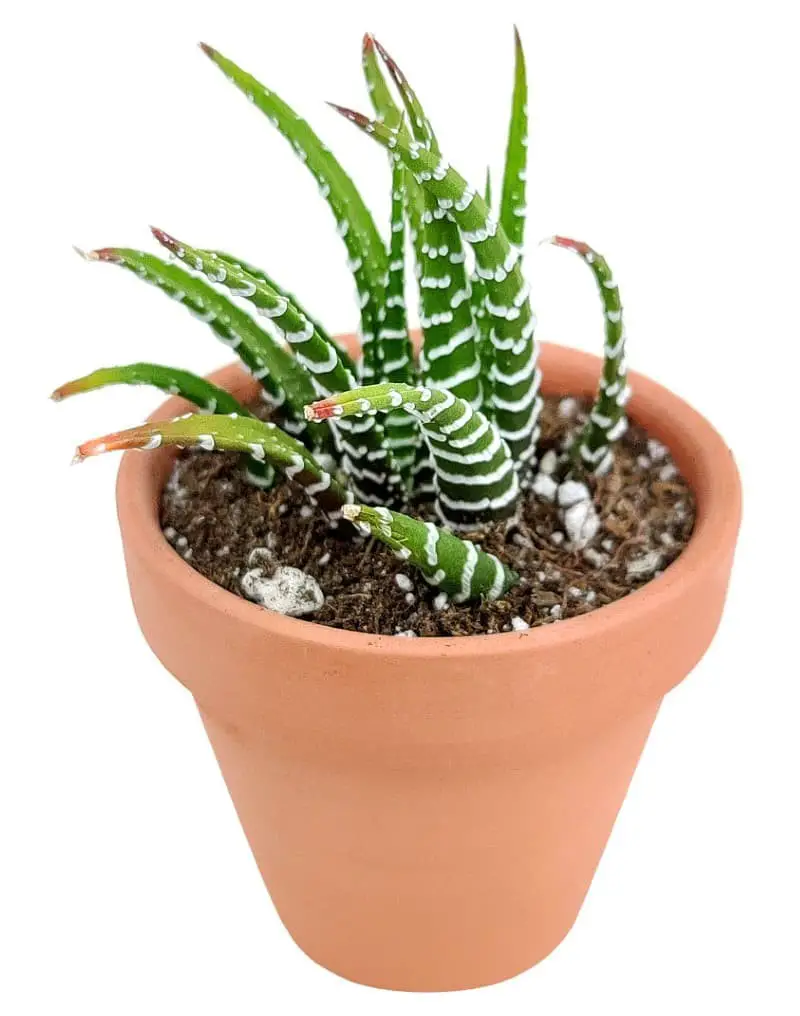
Native to South Africa, Haworthia Fasciata ‘Zebra Haworthia’ boasts a unique appearance, featuring white stripes on its leaves that evoke the striking pattern of a zebra’s coat. As an added bonus, this succulent is relatively low-maintenance and can be easily multiplied through offset propagation, making it an attractive option for plant enthusiasts of all skill levels.
Haworthia herbacea.
Haworthia herbacea, a diminutive succulent native to South Africa, bears the name of Adrian Haworth, a 19th-century English botanist. This low-maintenance plant typically reaches heights of around 15 cm (0.59 in), its fleshy, light green leaves adorned with white spots. During the summer months, it produces small white flowers. Despite its popularity in indoor gardens and terrariums, Haworthia herbacea is surprisingly adaptable, thriving in conditions of low light and infrequent watering.
However, as with many succulents, it does require well-draining soil to truly flourish.
Haworthia Jade Star.
The Haworthia Jade Star, a small and slow-growing succulent from South Africa, boasts striking features in its thick, fleshy leaves. These leaves are arranged in a rosette formation, showcasing a beautiful green hue with distinctive white stripes or spots. The plant’s modest flowers are equally understated, bearing a delicate white color. With its remarkable ease of care, the Haworthia Jade Star is an ideal choice for beginners.
It thrives in a pot or directly in the ground, provided it receives sufficient sunlight – although it can tolerate partial shade if needed. Watering should be done only when the soil feels dry to the touch, as overwatering may lead to leaf rot. This succulent’s low-maintenance requirements and visually captivating appearance make it perfect for those seeking a plant that is both easy to care for and aesthetically pleasing.
Haworthia koelmaniorum.
Haworthia koelmaniorum is an indigenous succulent plant endemic to the Western Cape Province of South Africa, belonging to the Asphodelaceae family. This species was first documented by Scottish botanist Robert Brown in 1825, who named it after Dutch physician and botanist Nicolaas Laurens Burman van der Koelman (1669–1746). Native to the Cape Floristic Region, Haworthia koelmaniorum thrives in rocky outcrops and mountain slopes.
Characterized by its small, perennial nature, reaching up to 12 cm high and wide, this succulent boasts a rosette of fleshy, dark green leaves with white spots. The flowers are borne on slender stalks up to 30 cm tall, exhibiting white or pale pink hues with darker pink stripes.
Haworthia limifolia Striata.
Haworthia limifolia Striata, a diminutive succulent from South Africa’s native flora, belongs to the Asphodelaceae family, sharing a close kinship with the iconic aloe plant. Its leaves, thick and fleshy in texture, boast striking white stripes that traverse their length. The delicate flowers, too, are white in hue, blooming during the warmth of summer. This low-maintenance gem is well-suited for container cultivation, whether solo or as part of a succulent ensemble.
Its inherent drought tolerance and minimal care requirements make it an excellent choice for novice gardeners, providing a stress-free introduction to the world of horticulture.
Haworthia Limifolia Twister.
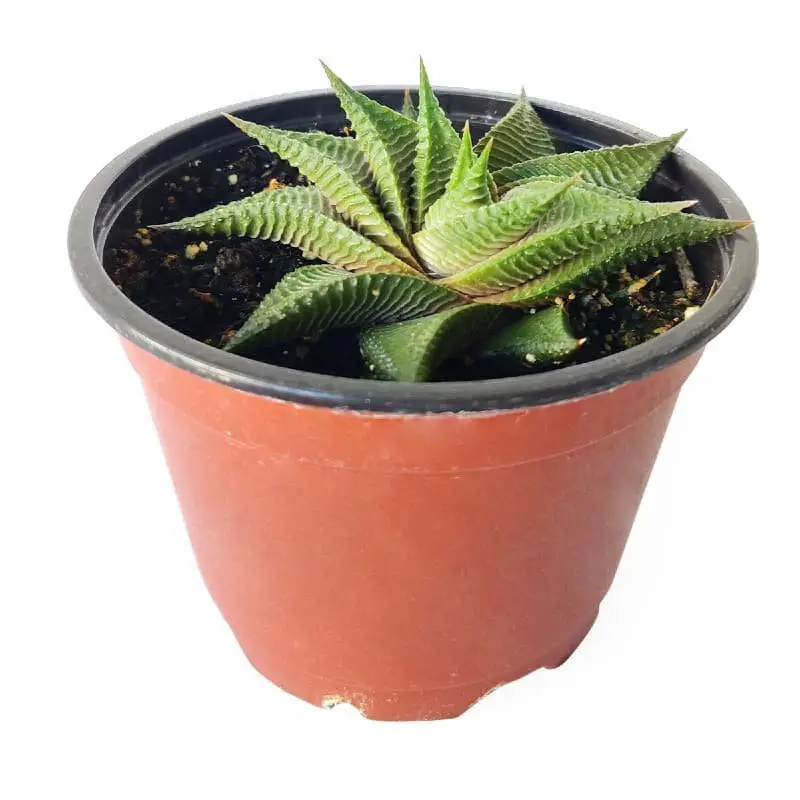
Native to South Africa, the Haworthia Limifolia Twister succulent boasts a unique characteristic – its thin and elongated leaves twist around each other in a spiral shape. This visually striking feature gives rise to the plant’s name. Characterized by its ability to thrive in sandy soil with minimal watering requirements, this low-maintenance beauty can flourish under either full sun or partial shade conditions.
In fact, one of its greatest attractions is its ease of care, making it an ideal choice for busy plant enthusiasts.
Haworthia mantellii.
Haworthia mantellii, a diminutive succulent native to South Africa, boasts striking foliage featuring dark green leaves with intricate white spotting and streaking. As the plant matures, it develops rosettes that reach up to 12 centimeters in diameter, making it an excellent addition to any indoor space. This low-maintenance succulent is perfect for those new to houseplant parenthood or looking for a hassle-free way to bring some greenery into their home.
Haworthia margaritifera.
Haworthia margaritifera, a succulent native to South Africa, boasts one of the most extensive distributions within its genus. This adaptable species thrives in both summer rainfall and winter rainfall regions, making it a popular choice among succulent enthusiasts.
Characterized by thick, fleshy leaves arranged in rosettes, the plant’s foliage is distinguished by vibrant green hues with white spot or stripe patterns.
Moreover, the leaves’ upper surface features translucent windows, adding to their unique appeal. In contrast, the species’ flowers are a simple yet elegant white, borne on stalks reaching up to 30 cm in height.
As an easy-to-grow and neglect-tolerant plant, Haworthia margaritifera is an ideal choice for beginners looking to cultivate their green thumb. Propagation options include offsets or seeds, further simplifying the process for novice gardeners.
Haworthia marumiana.
Haworthia marumiana, a succulent species endemic to South Africa, is characterized by its small stature, slow growth rate, and striking rosettes of dark green leaves. The plant’s appearance is reminiscent of Marumoagave (Agave marmorata), which inspired the specific epithet ‘marumiana’. At maturity, Haworthia marumiana reaches heights of up to 15 cm, although rare instances may see it grow slightly taller, reaching 20 cm.
Its unique features include white flowers that bloom during the summer months and compact inflorescences. While sharing some similarities with Haworthia attenuata and Haworthia mirabilis, this species can be distinguished from its relatives through its smaller size, darker leaf coloration, and more condensed flowering structures.
Haworthia Miami.
Native to South Africa, Haworthia Miami is a species of succulent plant that has gained popularity as a houseplant or addition to succulent gardens. Characterized by its slow-growing nature and small stature, this plant boasts thick, fleshy leaves with a unique green to gray-green coloration featuring white spots or stripes. When the time comes for it to bloom, Haworthia Miami produces delicate white or pale pink flowers in the summer months.
Haworthia nigra.
Native to South Africa, Haworthia nigra is a succulent species of flowering plant that belongs to the Asphodelaceae family. Characterized by its striking appearance, this plant grows up to 20 cm (79 in) tall and wide, with dark green leaves featuring white spots and stripes. During the summer months, it produces delicate flowers that range from pure white to pale pink hues.
Haworthia Obtusa.
In the vast succulent family, Haworthia Obtusa stands out as a small yet fascinating species native to South Africa. As a member of the Asphodelaceae family, it shares close ties with its Aloe cousins. The plant’s defining feature is its thick, fleshy leaves, which sport a unique pattern of green and white spots or stripes. When Haworthia Obtusa does decide to bloom, it produces white flowers that elevate their beauty on slender stalks stretching up to 15 cm tall.
This slow-growing succulent requires minimal attention, making it an excellent choice for beginners seeking a low-maintenance yet rewarding plant to care for.
Haworthia Reinwardtii (African Pearls).
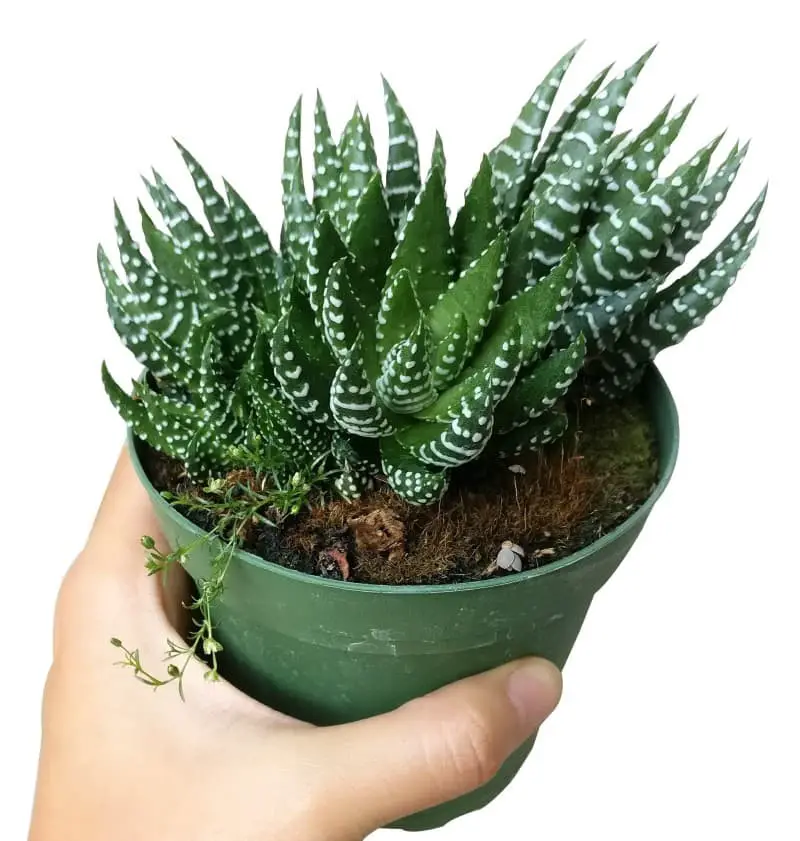
Haworthia Reinwardtii, a petite succulent from Southern Africa, shares a family connection with the aloe plant through its membership in the Asphodelaceae family. Its fleshy green leaves form a rosette pattern, adorned with white dots or spots that impart a pearlescent sheen. The flowers, which bloom during summer, are typically white or pink. This low-maintenance plant is surprisingly easy to care for, thriving in containers or directly in the ground, and requiring minimal watering.
Its drought tolerance and ability to withstand neglect make it an excellent choice for busy gardeners. However, sufficient light remains crucial for the Haworthia Reinwardtii’s optimal growth.
Haworthia resendeana.
Haworthia resendeana, a species of flowering plant endemic to Brazil, bears the name of Brazilian botanist Adriana Resende. This striking plant reaches heights of 15-20 cm (0.59-0.79 in), featuring leaves with distinctive green and white markings. The blooms are equally alluring, boasting white petals with subtle greenish-yellow stripes.
Notably, this ornamental plant is found primarily in the Brazilian states of Minas Gerais and Espírito Santo, where it has gained popularity among horticulturists and enthusiasts alike.
Haworthia reticulata.
Haworthia reticulata, a species endemic to South Africa within the Asphodelaceae family, is characterized by its unique net-like leaf venation, which inspired its name. This small, succulent plant typically grows up to 15 cm in height, with rosettes of fleshy, dark green leaves that are rarely exceeded at 30 cm. Its white flowers are borne on slender stalks reaching up to 30 cm tall.
Native to the Eastern Cape and KwaZulu-Natal provinces, Haworthia reticulata is a popular ornamental plant cultivated worldwide. The species exhibits variability in leaf shape, size, and flower color, with some specimens featuring leaves bearing white spots or bands. The flowering period typically spans from late winter to early summer. Haworthia reticulata is relatively straightforward to cultivate, tolerating a broad range of conditions.
It thrives in well-drained soil and full sun to partial shade. Propagation occurs through offsets or leaf cuttings. Offsets should be removed when they reach one-third the size of the parent plant and planted in a well-draining potting mix. Leaf cuttings can be taken at any time. Plants derived from offsets or leaf cuttings will flower after approximately two years.
However, it’s essential to note that Haworthia reticulata is susceptible to mealybugs and scale insects, which can be controlled with an appropriate insecticide.
Haworthia Retusa (Star Cactus).
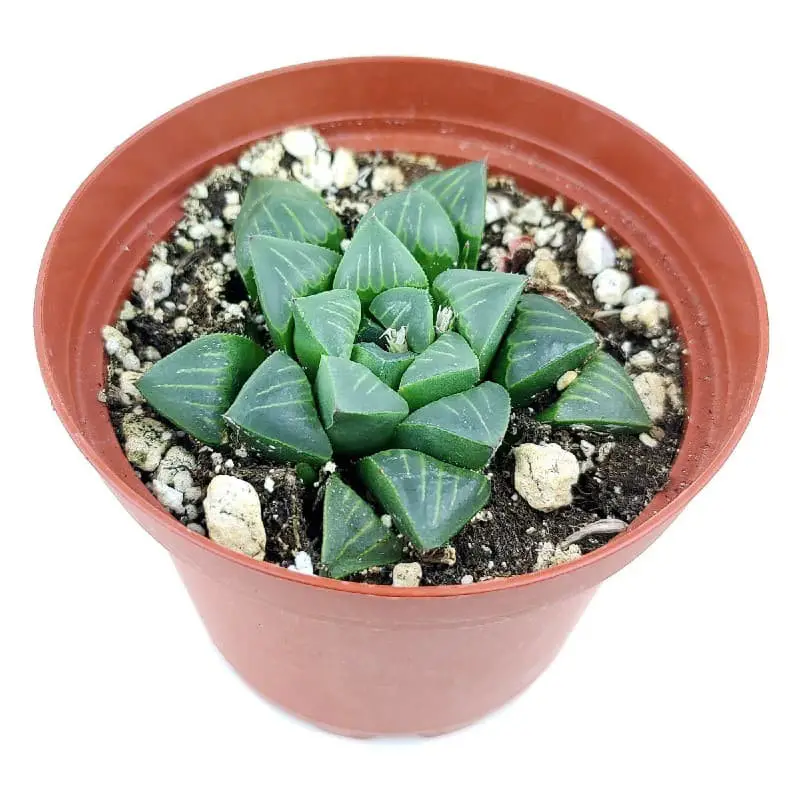
In the world of succulents, one gem that often gets overlooked is Haworthia Retusa, a compact and hardy species native to South Africa. Its leaves are a striking combination of dark green and white spots, giving it a unique visual appeal. When in bloom, this plant produces clusters of delicate white flowers that add an extra touch of charm. What’s truly impressive about Haworthia Retusa is its ability to thrive in low-maintenance conditions.
It requires minimal watering and can survive with limited light exposure, making it an excellent choice for novice plant enthusiasts. With proper care, this succulent can become a rewarding addition to any home or office.
Haworthia Retusa White Ghost.
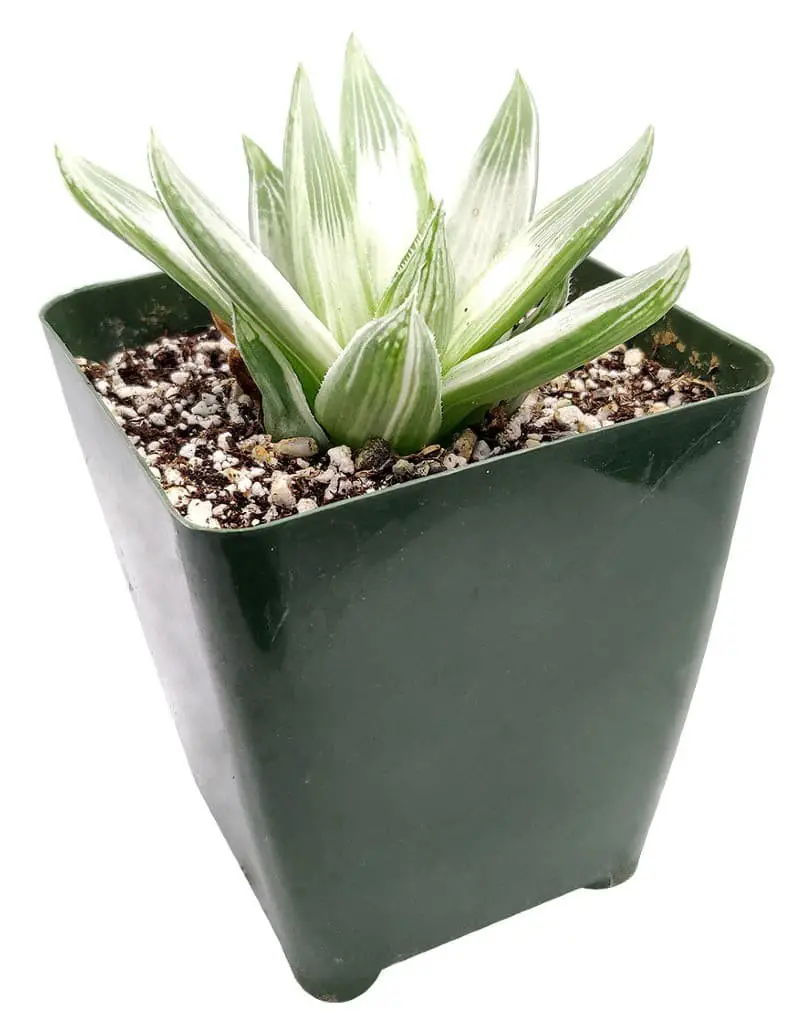
Haworthia Retusa White Ghost, a stunning succulent from South Africa, boasts white, fleshy leaves with a hint of translucency. These rosettes can reach up to 12 cm in diameter, making them a striking feature of this plant’s appearance. The small, white flowers that bloom during the summer months add an extra layer of charm to its overall aesthetic.
One of the main draws of Haworthia Retusa White Ghost is its low-maintenance nature.
It thrives with minimal watering and can even tolerate periods of drought, making it a perfect choice for busy gardeners or those new to succulent care.
Haworthia springbokvlakensis.
Haworthia springbokvlakensis, a member of the Asparagaceae family, is uniquely endemic to the Western Cape Province of South Africa. Its name derives from the Afrikaans term for ‘springbok’, a type of antelope native to the region. This succulent grows in clumps, reaching heights of up to 15 cm. The leaves are characterized by their dark green hue and prominent white stripes, which run along their length. In summer, the plant produces white flowers.
Found in rocky areas, Haworthia springbokvlakensis is often utilized as a groundcover, thriving in conditions that are both drought-tolerant and adaptable to full sun or partial shade.
Haworthia transiens.
In the realm of Asphodelaceae, the genus Haworthia boasts an impressive array of species, but none as captivating as Haworthia transiens. Native to South Africa, specifically the Eastern Cape Province, this diminutive gem is characterized by its translucent leaves adorned with white star-like spots. A true marvel of nature, these leaves add a touch of celestial elegance to the plant’s overall appearance.
As the seasons shift towards summer, delicate white flowers bloom, further enhancing the beauty of this tiny, three-inch-tall species.
Haworthia Tropical Night.
Haworthia Tropical Night is a stunning addition to any room’s aesthetic. As a genus of small succulent plants within the family Asphodelaceae, native to Southern Africa, this species boasts thick, fleshy leaves and a compact growth habit that makes it an ideal choice for bringing a touch of tropical charm into your home.
Its unique characteristics allow the Haworthia Tropical Night to seamlessly integrate with various interior design styles, effortlessly transporting you to a warm, exotic atmosphere.
Haworthia truncata.
Haworthia truncata, a diminutive succulent native to South Africa, is part of the Asphodelaceae family and shares a close affinity with its Aloe relatives. Characterized by rosette growth patterns, this plant exhibits thick, fleshy leaves that display striking green and white striations or spotting. Its delicate white or pale pink blooms emerge during the summer months, adding a touch of elegance to the plant’s overall aesthetic.
Haworthia venosa subsp. tessellata.

This subspecies, endemic to the southwestern Cape in South Africa, thrives within the Kogelberg Biosphere Reserve and its surrounding areas. Its name, tessellata, is derived from the unique tile-like patterning on its leaves. H. venosa subsp. tessellata is a compact, slow-growing succulent that develops rosettes of fleshy, dark green leaves featuring white markings. The arrangement of these leaves follows a distinctive tessellate pattern.
When the plant blooms, it produces white flowers borne on slender stalks.
H. venosa subsp. tessellata is also a sought-after succulent for cultivation due to its ease of growth and propagation. This hardy plant tolerates an impressive range of growing conditions, allowing it to flourish in both full sun and partial shade.
Haworthia viscosa.
Haworthia viscosa, a diminutive succulent endemic to South Africa, boasts a unique set of characteristics that make it an ideal choice for novice plant enthusiasts. The plant’s most striking feature is its rosette-shaped arrangement of thick, fleshy leaves that exhibit a stunning green and white striated pattern, allowing for a mesmerizing interplay of light and shadow. As the leaves are translucent, they allow for a subtle filtering of sunlight, adding to their visual appeal.
In the spring season, Haworthia viscosa awakens with the production of delicate white blooms, providing a sweet surprise amidst its otherwise unassuming foliage. Its low-maintenance nature and tolerance of drought make it an excellent candidate for those new to plant parenthood. Propagation is straightforward, either through division or seed, ensuring that this charming succulent can be easily shared with friends and family.
Moreover, Haworthia viscosa proves remarkably adaptable when it comes to light conditions, thriving in both full sun and partial shade environments – a testament to its hardiness and ability to thrive in a variety of settings.
Haworthiopsis limifolia.
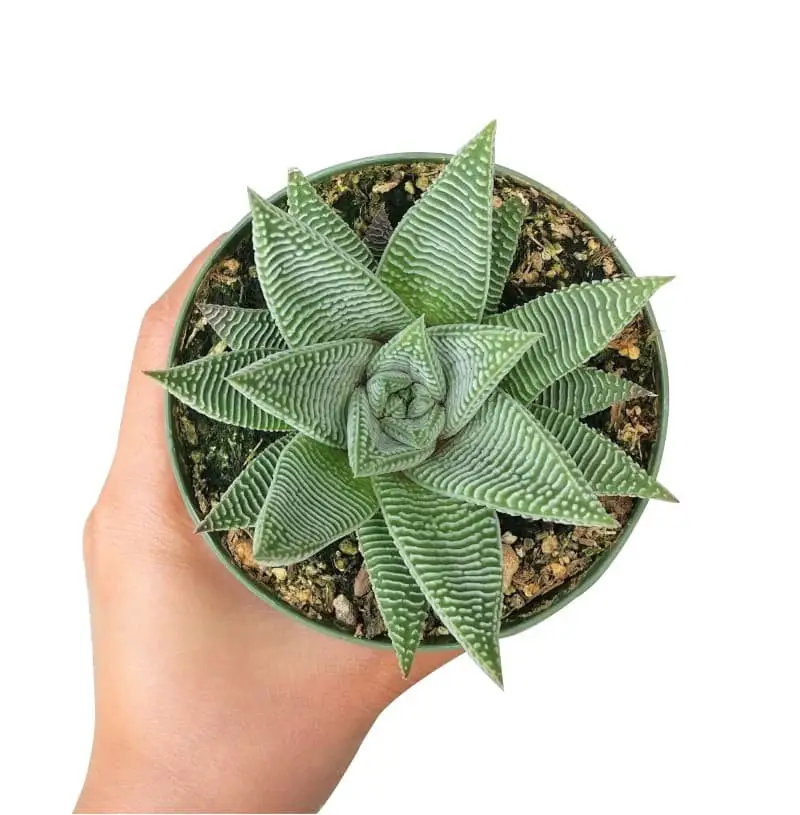
In the succulent family tree, Haworthiopsis limifolia stands out as a unique native of South Africa, with ties to its Asphodelaceae kin and fellow member of the Haworthia genus. Its rosette-shaped growth pattern is characterized by thin, dark green leaves adorned with white spots, while the small, white flowers that bloom in summer add a touch of elegance.
As an added bonus, this hardy succulent is surprisingly low-maintenance, thriving in a range of soils and requiring minimal watering due to its impressive drought tolerance. Its ease of care makes it an excellent choice for novice plant enthusiasts looking to dip their toes into the world of succulents. For those who want to multiply, offsets or seeds provide two reliable methods for propagation.
Planting Hawrothia.
When to plant Hawrothia?
The timing of planting Haworthia depends on the climate where you reside. For gardeners living in warm climates, this succulent can be planted throughout the year. Conversely, those in colder regions should wait for the onset of spring before planting their Haworthia. This allows the plants to take advantage of the warmer temperatures and increased sunlight during that time, ultimately promoting healthy growth.
Where to plant Hawrothia?
Hawrothia plants are versatile and can thrive in various settings. They can be placed in containers on balconies or patios, within gardens or yards, or even indoors near a sunny window. When selecting a location for your Hawrothia, ensure it has sufficient space to grow and that the soil is well-draining. Additionally, these plants prefer areas with full sun or partial shade.
For those living in colder climates, springtime planting is recommended, allowing the plant ample time to establish itself before winter sets in.
How to plant Hawrothia.
To provide optimal growing conditions for your Hawrothia, select a garden spot that receives ample sunlight. These plants thrive in warm weather with plenty of direct sunshine, so ensure your chosen location meets these requirements. Once you’ve identified the perfect spot, begin by digging a hole that’s twice the size of the plant’s root ball. This will give the roots sufficient room to spread out and grow.
Next, add organic matter such as compost or peat moss to the soil to improve drainage and provide essential nutrients for healthy growth. After adding these amendments, gently place the Hawrothia in the hole, taking care not to disturb its roots excessively. Backfill the hole with soil, being mindful of compacting it too much. Finally, thoroughly water the plant and allow it time to acclimate to its new surroundings.
How to care for Haworthia
Sun and shade needs.
Haworthia succulents, native to South Africa, are part of the Asphodelaceae family, which also comprises aloes and gasterias. These plants have evolved to thrive in semi-desert environments, where they can survive extended periods without water. While Haworthias can be grown outdoors in USDA hardiness zones 11 and 12, those in cooler climates can cultivate them as houseplants or within greenhouses.
To successfully grow these succulents, it’s essential to understand their light requirements: while they appreciate bright light, they can tolerate some shade. Ideally, place them in an area where they’ll receive morning sun and afternoon shade. Failure to provide sufficient light will result in leggy growth, whereas excessive sunlight may cause the leaves to turn red or brown.
Watering needs.
Haworthias, small and slow-growing succulents native to South Africa, are surprisingly low-maintenance houseplants. They thrive in conditions that mimic their natural environment, where water is scarce. In fact, they’re incredibly resilient to drought, but neglecting them can still lead to issues. The key is finding a balance between watering and allowing the soil to dry out. The biggest pitfall when caring for Haworthias is overwatering.
These plants are extremely sensitive to excess moisture, which can cause root rot if left unchecked. If you suspect you’ve made this mistake, halt watering for a few weeks to give your plant a chance to recover. To avoid this common error, opt for pots with drainage holes and well-draining succulent soil mixes. You can also enhance the drainage of regular potting soil by adding perlite or pumice.
When it’s time to water, use room-temperature H2O to prevent shocking your plant and turning its leaves brown. Environmental factors also play a crucial role in Haworthia care. While they excel in humid environments with moderate temperatures, very dry climates may require more frequent watering. Consider using a humidifier or placing your plant on a pebble tray if you live in an arid region.
Temperature needs.
The succulent genus Haworthia thrives in scorching hot and arid environments, with African origins that allow it to withstand sweltering temperatures of up to 40 degrees Celsius. In contrast, it is extremely sensitive to frost and will perish if exposed to freezing conditions. When cultivated indoors, it’s crucial to offer these plants a warm and sunny spot, either by positioning them in a south-facing window or supplementing with artificial lighting.
As the winter months approach, they may require relocation to a cooler area to prevent undue stress.
Soil Needs.
When it comes to soil, Haworthia plants are relatively easy-going, with one crucial exception: they require well-drained soil to thrive. A cactus or succulent potting mix is an excellent choice, but you can also create your own custom blend by combining equal parts sand, peat moss, and perlite.
To ensure the health of your Haworthia, make sure to water them regularly during the growing season, but be mindful of their winter needs – allow the soil to dry out completely between waterings to prevent root rot.
Fertilizing Needs.
When it comes to Haworthia care, one crucial aspect is avoiding over-fertilization. These plants are slow-growing and don’t require a lot of nutrients, so a balanced fertilizer applied sparingly can be beneficial. In fact, a light dose once or twice during the growing season is usually sufficient. It’s essential to follow the manufacturer’s guidelines for frequency of application. On the other hand, over-fertilizing can lead to issues like leaf tip burn, which can be detrimental.
If you notice any yellowing or browning on the leaves, it’s likely a sign that you’re fertilizing too frequently. In such cases, it’s best to scale back the amount of fertilizer and observe your plant’s response.
Propagating Hawrothias.
To successfully propagate Haworthia, start by selecting a healthy mother plant with robust leaves that are close to the ground. Look for leaves with vibrant coloration and choose one with a good balance of green and white or other markings. Using a sharp, sterile knife, carefully sever the leaf from the mother plant at its base, taking care to make a precise cut that allows the wound to heal quickly.
Allow the severed leaf to air dry for 24 hours before planting it in well-draining soil and a container with sufficient room for growth. Water the leaf sparingly and provide indirect sunlight until new growth begins to emerge. Once the plant has established itself, you can gradually increase watering and begin to move it to brighter locations.
Transplanting Hawrothias.
When it comes to transplanting Haworthias, several key factors should be considered. For starters, ensure that the plant is in a healthy and stress-free state. This means avoiding any signs of nutrient deficiency or disease. Next, opt for a pot that offers a slightly larger capacity than the current one to provide ample room for growth. Moreover, select a well-draining soil mix specifically designed for cacti and succulents to prevent waterlogged conditions.
Following transplanting, be sure to thoroughly water the plant to help it establish itself in its new environment. Finally, place the Haworthia in an area that receives bright, indirect light, which will aid in promoting healthy growth.
Repotting Hawrothias.
When the time comes to repot your Haworthia, spring is the ideal season to do so. This coincides with the plant’s natural growing cycle, making it easier for the roots to establish themselves in their new environment. If your plant has outgrown its pot or if the existing soil mix has degraded, follow these steps to ensure a smooth transition: Begin by carefully extracting the Haworthia from its container, taking care not to damage any of the delicate root system.
Next, gently shake off any excess soil that may have accumulated around the roots. Once you’ve freed your plant from its old potting mix, place it into its new home and refill with a fresh, well-draining medium. Finally, thoroughly water your newly repotted Haworthia and position it in a spot that receives bright, indirect light.
Pests and Diseases.
Haworthia growers often encounter pesky pests and diseases that can wreak havoc on their plants’ leaves and roots. The most prevalent culprits include mealybugs, scale insects, spider mites, and whiteflies. If left unchecked, these unwanted visitors can cause irreparable damage or even spell doom for the plant. To prevent or effectively address such issues, it’s essential to prioritize plant health and conduct regular inspections for signs of infestation or infection.
When pests or disease are detected, a range of products is available to help contain and manage the problem.
Problems with Hawrothias in pots.
Haworthias, a staple in many homes, can be finicky when it comes to thriving in pots. One common issue is their tendency to become leggy and stretched out, often due to inadequate light. A simple solution is to relocate the plant to a brighter area, where it can photosynthesize more effectively. On the other hand, Haworthias are also prone to sunburn, so it’s essential to provide some protection from the harsh afternoon sun.
When it comes to encouraging blooming, insufficient light is often the culprit. By moving the plant to a sunnier spot, you may be able to coax those flowers out. Additionally, these plants can fall prey to mealybugs and other pests, making regular inspections crucial for maintaining their health.
FAQs
Do Haworthias need full sun?
While the straightforward response is a negative, it’s essential to consider the natural habitat of Haworthias. These plants are indigenous to South Africa, where they thrive in shaded environments, such as beneath tree and bush cover. As a result, if you reside in an area with intense summer heat, it’s crucial to shield your Haworthias from direct sunlight exposure, which can easily cause leaf scorching.
Is Haworthia good indoors?
Haworthia is an excellent choice for indoor spaces, offering a unique combination of low maintenance and air-purifying benefits. Its ease of care makes it an ideal option for those new to plant parenthood. Not only does it produce a refreshing atmosphere, but it also requires minimal upkeep, making it perfect for busy lives. To keep your Haworthia thriving indoors, there are a few essential considerations.
Firstly, it prefers bright, indirect light – direct sunlight can cause the leaves to scorch and stress the plant. Next, maintain a consistent watering schedule, allowing the soil to dry out slightly between waterings. This is crucial, as over-watering is one of the most common mistakes people make when caring for Haworthia. As a succulent, Haworthia doesn’t require excessive fertilization. If you do choose to fertilize, use a light touch and limit it to once a month during the growing season.
By following these simple guidelines, you’ll be well on your way to creating a happy and healthy indoor environment with your Haworthia.
How often do you water Haworthia?
When it comes to determining the ideal watering schedule for your Haworthia, several factors come into play. The size of the pot, the type of soil, and the prevailing weather conditions all have a significant impact on how often you should water. A general guideline is to wait until the top inch or so of soil feels dry before giving your plant a drink. This approach will help ensure that your Haworthia receives just the right amount of moisture without being too much or too little.
How do you get Haworthia to flower?
Haworthia succulents, originating from Southern Africa, are characterized by their small size and striking white or translucent leaves. While some species can be challenging to propagate, they can be successfully cultivated from seed. To stimulate blooming in these plants, it’s essential to provide ample light and well-draining soil. As Haworthias tend to grow at a sluggish pace, patience is crucial when nurturing these specimens.
For indoor flowering, it’s vital to create a temperature gradient between day and night. Additionally, during the winter months, allowing the plant a period of dormancy by withholding water can help promote overall health.
How big do Haworthia plants get?
Haworthia succulents are diminutive in stature, with the majority of species reaching a maximum height of around six inches. But don’t be surprised if you come across some exceptional specimens that defy convention and stretch up to 12 inches or more, showcasing the remarkable adaptability and resilience of these fascinating plants.
Is Haworthia toxic?
While Haworthia succulents are non-toxic to humans and animals, it’s essential to exercise caution when handling these plants. As succulents, their leaves store water, rendering them slightly sharp to the touch. If you have sensitive skin, gloves may be a good idea to prevent any discomfort. Furthermore, the leaf tips can cause eye irritation if they come into contact with your eyes.
By being mindful of these minor considerations, you’ll be able to appreciate and care for your Haworthia plants with confidence.
Conclusion
For those seeking a low-maintenance succulent, Haworthia is an excellent option. With its diverse range of varieties, there’s bound to be one that fits seamlessly into your home or workspace. Whether you’re looking for a plant that can flourish in dimly lit conditions or one that’s resilient against droughts, Haworthia has got you covered. Its adaptability and variety make it an ideal choice for succulent enthusiasts.
So why not start exploring the world of Haworthia today and discover your perfect match?
Related Posts
When it comes to cultivating a thriving succulent collection, it’s essential to have a solid understanding of how to care for each unique species. This includes knowing the specific needs of popular varieties like String of Pearls and Peperomia Graveolens ‘Ruby Glow’, as well as more exotic options such as Rhipsalis cereuscula (Coral Cactus) and Ceropegia woodii variegata ‘String of Hearts’.
Furthermore, mastering techniques for planting succulents in containers without drainage can be a game-changer for any novice or experienced gardener. With this comprehensive guide, you’ll be well on your way to becoming a succulent expert and enjoying the beauty and benefits that these low-maintenance plants have to offer.

